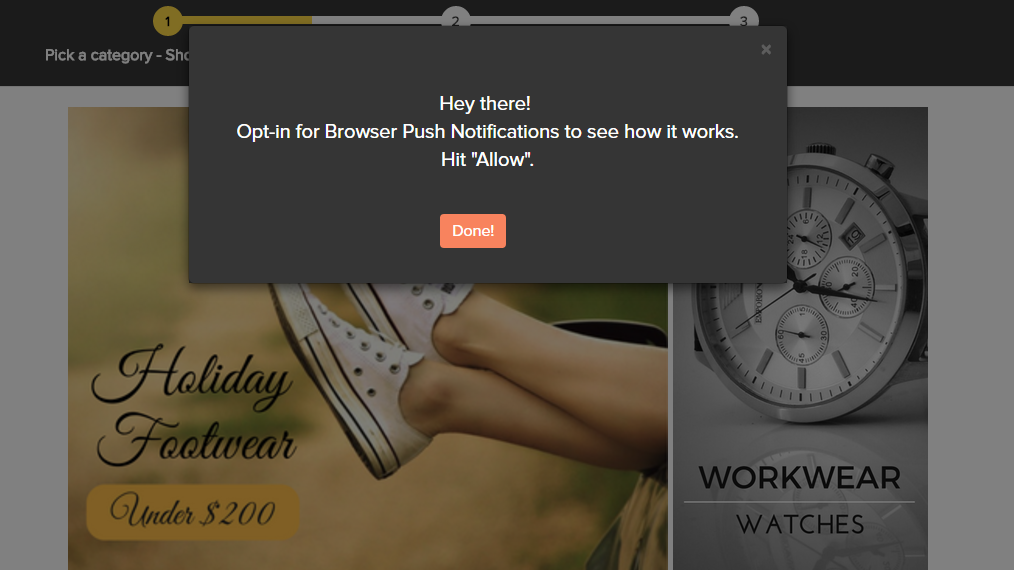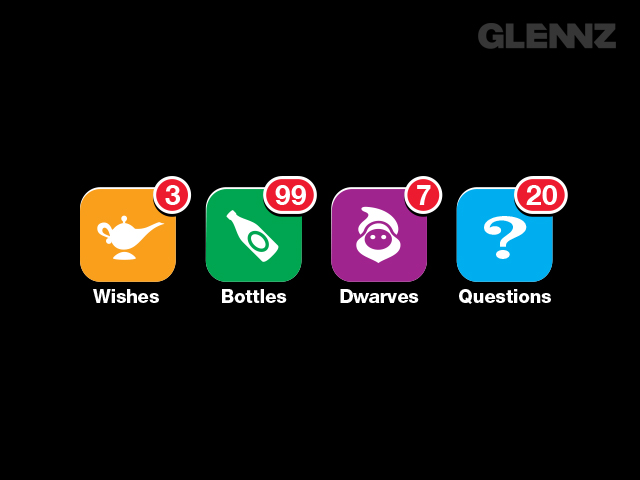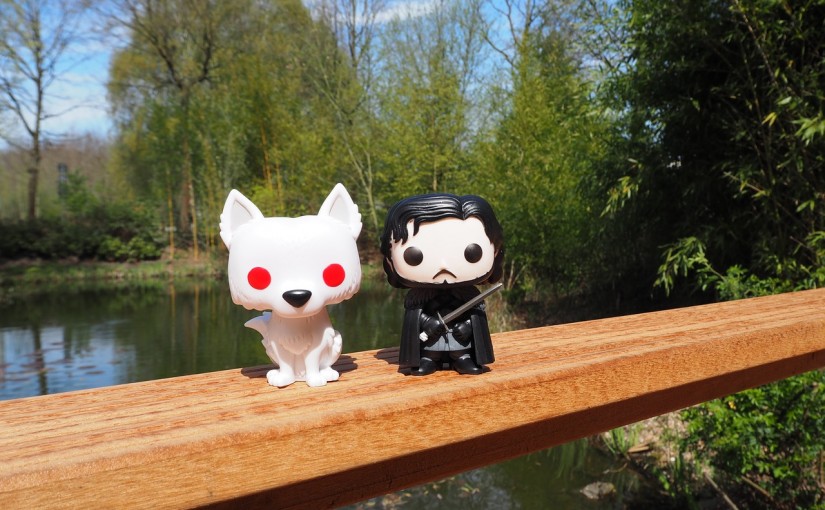Pengunjung membuka website e-commerce Anda, lalu melihat-lihat produk. Terkadang pengunjung menambahkan beberapa produk ke troli, dan saat Anda mengira mereka akan membelinya, mereka ternyata justru membatalkannya. Hal seperti ini awalnya memang membuat kecewa.
Ketika 98% pengunjung website Anda membatalkan pembelian, Anda pasti mulai bertanya-tanya kenapa? Apa yang salah?
Lalu Anda mulai memikirkan cara untuk menghubungi pengunjung ini dan mencoba mengajak mereka kembali untuk menyelesaikan pembelian. Marketer e-commerce dewasa ini memiliki beragam alat user engagement untuk kembali menghubungkan mereka dengan pengunjung website mereka melalui email, display ads atau Facebook ads.
Dan setiap channel ini memiliki manfaat dan keterbatasannya masing-masing.
Misalnya, Kate harus melihat email promosi di Inbox Gmail-nya untuk melihat pesan Anda. Seberapa sering hal seperti ini terjadi? Atau dia harus berkunjung ke website lain atau masuk ke Facebook agar Anda dapat menunjukkan iklan yang relevan untuknya. Ingat, Facebook dan Display adalah channel berbayar. Terlebih lagi, bisa saja budget marketing Anda sudah berkurang drastis bulan lalu.
Lalu bagaimana?
Seandainya ada channel marketing yang tidak mengharuskan pengguna agar login ke situs web tertentu. Bagaimana kalau channel ini gratis?
Kalau saja channel ini bisa menjangkau pengguna seperti halnya email dan mempersonalisasi percakapan Anda layaknya display ads.
Memperkenalkan Browser Push Notifications untuk E-Commerce
Ini adalah notifikasi yang dikirimkan langsung dari website Anda ke browser pengguna dan pesan tetap dapat disampaikan meskipun pengguna tidak sedang mengakses website Anda.

Untuk membuat notifikasi ini lebih menarik, Anda dapat membuatnya lebih personal dan menampilkan rekomendasi produk yang relevan ke setiap pengguna.
Selain itu, Anda juga dapat menyertakan gambar, deskripsi, dan harga produk agar lebih mudah diingat.
Berikut ini adalah tampilan Browser Push Notification di desktop dan seluler. Ya, Browser Push Notification juga bisa dilihat di website mobile.

Anda dapat merekomendasikan kategori yang paling sering dibeli kepada pengguna baru dan membantu pengguna baru menemukan produk tersebut. Atau Anda dapat me-retargeting ulang produk atau troli belanja yang telah mereka batalkan.
Dengan diskon loyalitas, Anda dapat kembali menarik pelanggan lama yang belakangan ini tidak aktif. Dengan Browser Push Notifications yang ditambahkan ke toolkit, Anda dapat mengaktifkan engagement, mengonversi, dan menumbuhkan pengguna website dan tentu saja, penjualan Anda.
Yang sudah dijelaskan tadi terdengar sangat menjanjikan, tetapi apakah implementasinya sulit?
Ternyata tidak.
Masukkan kode JavaScript ke website Anda, lalu anjurkan pengguna website untuk berlangganan notifikasi ini. Anda kini siap beraksi.
Mengapa Browser Push Notifications?
Notifikasi push browser jauh lebih cepat dari email. Email bersifat permanen, tetapi tidak praktis jika Anda ingin mengirimkan informasi flash sale dan membutuhkan reaksi yang cepat dari user. Notifikasi push lebih bersifat personal, cepat, dan memicu reaksi user. Notifikasi push memang terlihat efektif karena dikirimkan secara real-time dan relevan, tetapi notifikasi push browser yang memiliki fitur sama bisa menjangkau lebih banyak orang. Push browser yang dikombinasikan dengan strategi email dan retargeting dapat menjadikan marketing Anda lebih sukses.

Browser Push tidak hanya mengizinkan Anda untuk melibatkan pengguna dengan lebih baik, tetapi juga memberikan banyak manfaat untuk membantu meningkatkan penjualan bisnis online Anda.
Berikut ini adalah panduan menggunakan Browser Push Notifications dan meningkatkan penjualan e-commerce di musim liburan, terhubung dengan pengguna yang mengabaikan troli belanja, dan mengirim rekomendasi yang disesuaikan untuk setiap pengguna dan menarik lebih banyak pengguna ke website Anda.

Browser Push Notifications dapat digunakan untuk melibatkan kembali pengguna Anda dengan cara memperbesar re-engagement dan menghubungi lagi pengguna yang tidak aktif dengan pemberitahuan dan notifikasi yang dipersonalisasi. Semua bisa dilakukan baik di desktop maupun di perangkat mobile.

–
Disclosure: Tulisan tamu ini dikembangkan oleh Namrutha Namarathan dari Vizury. Namrutha bisa dihubungi di marketing@vizury.com







